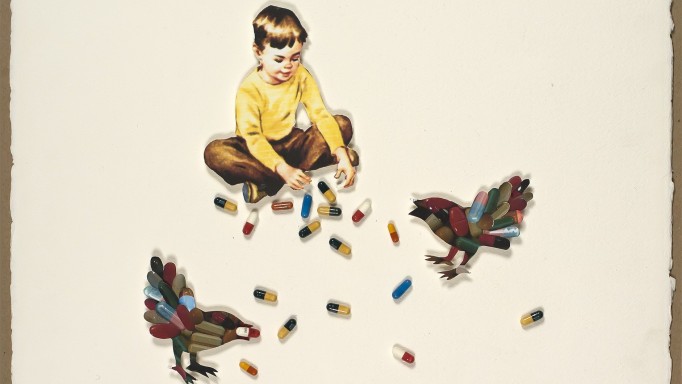HIV treatment both halts disease progression and prevents transmission of the virus during sex and from mother to child. Treatment initiation used to be based on CD4 T-cell counts, but current guidelines recommend that all people living with HIV should start antiretroviral therapy as soon as possible after diagnosis.
The goal of treatment is to reduce viral load to an undetectable level, known as viral suppression. Controlling HIV requires medications from two or more different antiretroviral classes to prevent the virus from developing resistance.
Treatment guidelines previously changed frequently as new drugs were developed, but recommended regimens have stabilized now that treatment is highly effective, easy to take and generally well tolerated.
According to the Department of Health and Human Services (DHHS) Guidelines for the Use of Antiretroviral Agents in Adults and Adolescents with HIV, recommended regimens for people starting treatment for the first time usually consist of an integrase inhibitor plus one or two nucleoside/nucleotide reverse transcriptase inhibitors (NRTIs)—for example:
- Bictegravir/tenofovir alafenamide/emtricitabine (Biktarvy)
- Dolutegravir/abacavir/lamivudine (Triumeq)
- Dolutegravir (Tivicay) plus tenofovir alafenamide/emtricitabine (Descovy)
- Dolutegravir (Tivicay) plus tenofovir disoproxil fumarate/emtricitabine (Truvada or generic equivalents)
- Dolutegravir plus one of the tenofovir formulations plus lamivudine
- Dolutegravir/lamivudine (Dovato).
Integrase inhibitors are effective, well tolerated and have a high barrier to resistance. However, for some people, a boosted protease inhibitor regimen may be an option.
“Given the many excellent options for initial therapy, selection of a regimen for a particular patient should be guided by factors such as virologic efficacy, toxicity, pill burden, dosing frequency, drug-drug interaction potential, resistance-test results, comorbid conditions, access and cost,” the guidelines state.
Recommendations for treatment-experienced people are more complex and individualized. In some cases, people who have achieved viral suppression on their current regimen can switch to a simpler or more convenient combination, such as long-acting injectable cabotegravir and rilpivirine (Cabenuva).
People who have been on treatment for a long time and have developed resistance to multiple drugs have fewer treatment options, but new medications such as lenacapavir (Sunlenca) may enable them to achieve viral suppression.
DHHS has separate recommendations that cover HIV treatment for infants and children and guidelines on antiretroviral therapy during pregnancy. The latter includes information about pre-exposure prophylaxis and prevention of mother-to-child HIV transmission. The federal agency also puts out guidelines on the prevention and treatment of opportunistic infections in adults and adolescents living with HIV.
Other groups also issue HIV recommendations:
- The Centers for Disease Control and Prevention (CDC) has guidelines on the use of antiretrovirals for HIV pre-exposure prophylaxis (PrEP) and post-exposure prophylaxis (PEP).
- Recommendations from the International Antiviral Society-USA, which include both HIV treatment and prevention, are generally similar to those of DHHS and CDC.
- World Health Organization treatment and prevention recommendations are intended to be used worldwide and do not include some newer regimens that are less widely available or unaffordable in low- and middle-income countries.
Click here for the POZ 2023 HIV Drug Chart and the POZ 2023 HIV Prevention Drug Chart.
Last Reviewed: July 16, 2023














